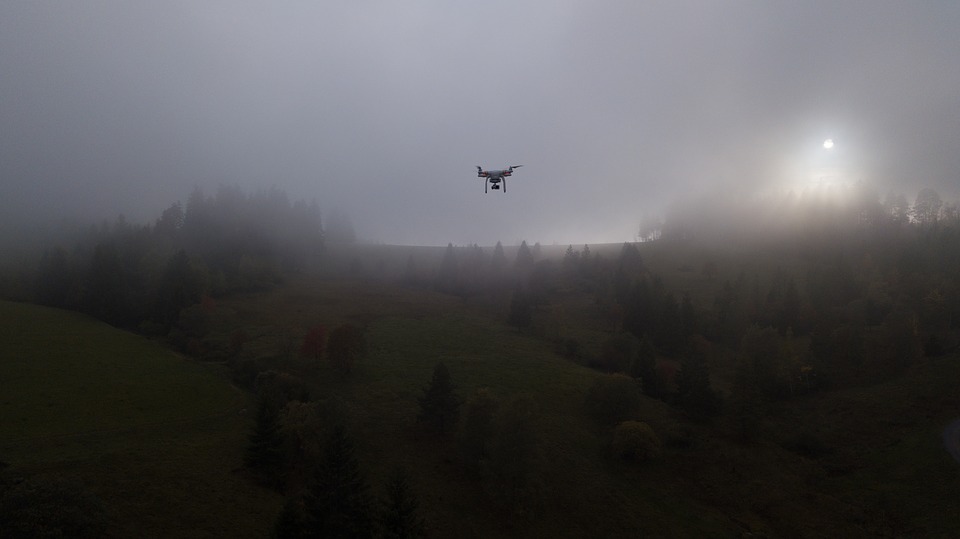By Nicole DiGiose, content editor
Of course it will be near-magical when a drone can deliver your Amazon packages not long after you order them, but it’ll be much more beneficial to the world when drones help regrow trees by the millions.

BioCarbon Engineering estimated that its method is about 10 times faster and only 20% of the cost of hand-planting. Image source: Pixabay.
Fortunately, that’s just what U.K.-based BioCarbon Engineering aims to do . Backed by drone manufacturer, Parrot , the company has come up with a method to plant trees quickly and cheaply. What’s more, these trees can also be planted in areas that are difficult to access or are otherwise unviable.
Planting trees by drone: how it works
To begin the process, a drone would scan the topography to create a 3D map. With this information, the most efficient planting pattern for the area is then calculated using algorithms.
Next, a drone loaded with germinated seeds would fire pods, or agri-bullets, into the ground at a rate of one per second, or about 100,000 a day. Turn this up a notch and 60 drone teams could plant 1 billion trees a year. Because diversity is key to a thriving forest, the drones can plant multiple species at the same time.
See for yourself; check out BioCarbon Engineering’s video below.
According to the system’s engineers, their method is about 10 times faster and only 20% of the cost of hand-planting. And, because no heavy machinery is involved, it’s possible to plant in areas that have no roads or steep terrain. The BioCarbon team has already tested its technology in various locations, including historic mining sites in Dungog, Australia.
A green future
It’s estimated that the world loses between 74,000 and 95,000 square miles of forest each year. That’s equal to an area the size of 48 football fields lost every minute. This is mainly due to the need to make way for the cultivation of crops as well as for beef farming.
Ultimately, BioCarbon Engineering wants to have 150 fleets of six drones up and running. With such a fleet, they’d be able to plant tens of billions of trees per year at a fraction of the cost of traditional planting.
Currently, the team is working to restore 100,000 hectares of mangrove forest in Myanmar.
Advertisement
Learn more about Electronic Products Magazine





